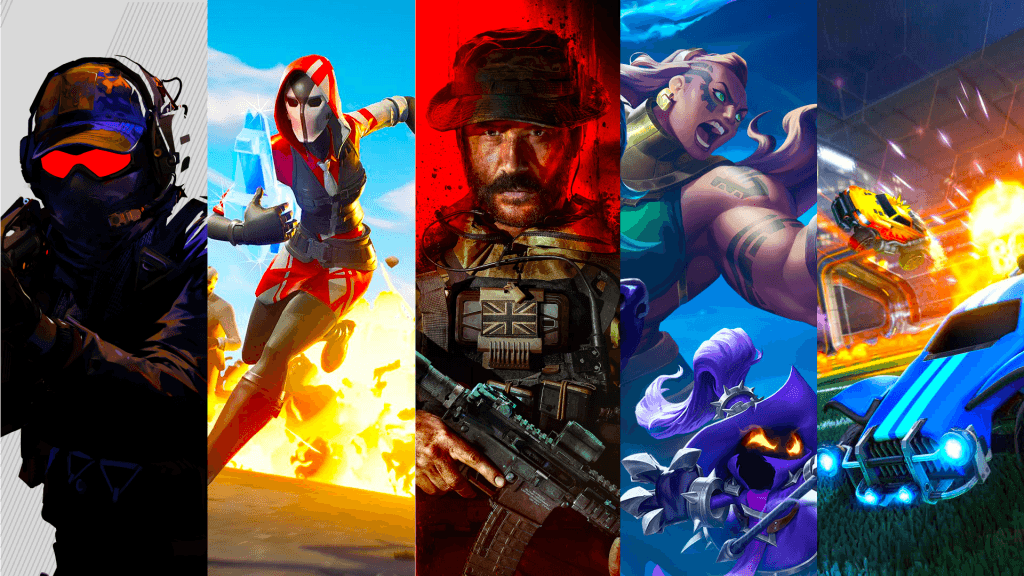

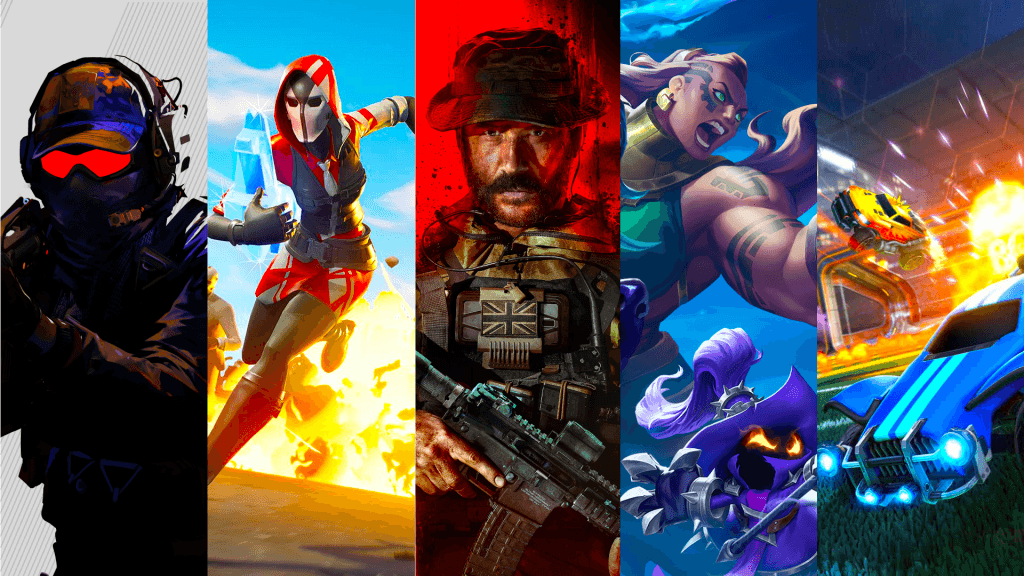
Esports has exploded into a billion-dollar industry, with top games drawing hundreds of millions of dedicated fans and players worldwide. But what is it about these competitive multiplayer game designs that makes them so compelling and addictive?
The most successful esports titles employ a range of ingenious mechanics and systems to get players invested and engaged in the long term. By appealing to human desires such as progress, competition, and spectacle, these games sink their hooks in and hold on tightly. Let's explore some of the ways esports games psychologically lure in fans for the long haul.

Vibrant, polished graphics and effects are a key part of esports game appeal. Titles like League of Legends and Fortnite feature brightly colored, stylized art directions that pop on screen against a black hex code or grey backgrounds upon defeat. Similarly, smooth, high-fidelity animations make abilities satisfying to execute, and little graphical touches, such as screen shakes and damage numbers, add visceral feedback. Esports games are also increasingly aiming for photorealism, with titles like CS:GO and Call of Duty boasting detailed guns, textures, and maps. The visually striking design makes these games more exciting to play and watch, whether in a cartoonish or realistic game.
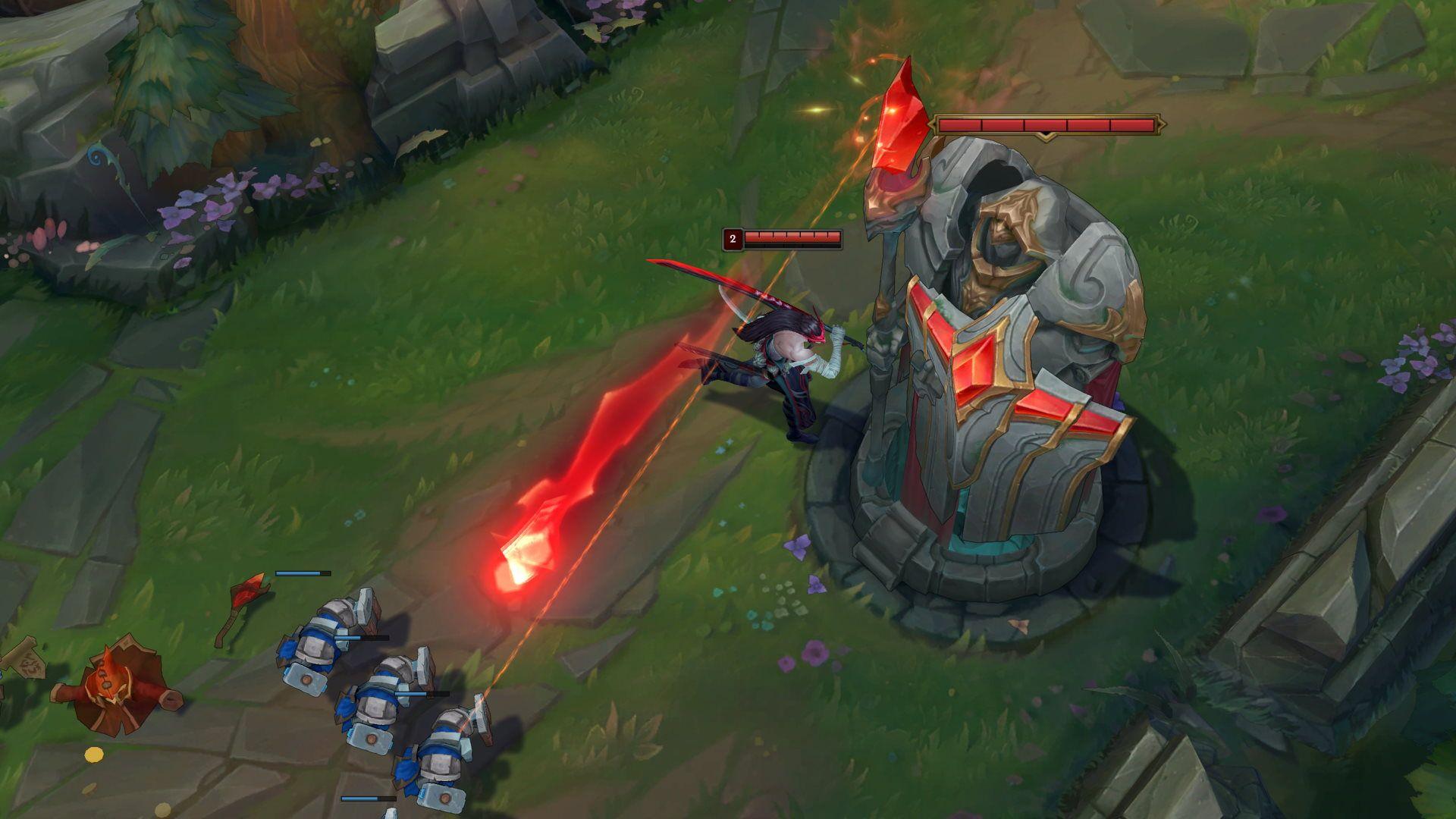
One of the key elements of successful esports games is that they are easy to learn but hard to master. This means that new players can quickly pick up the basics of the game and start having fun right away. However, there is also a tremendous amount of depth and complexity to fully master the game's mechanics, strategies, and teamplay at the highest levels.
Popular esports titles, such as League of Legends, Dota 2, and Counter-Strike, all embody this principle. Their core gameplay loops are intuitive and straightforward, often drawing inspiration from classic game genres such as real-time strategy or first-person shooters. But layered on top of that are countless heroes, abilities, items, maps, tactics, and team-play dynamics that take hundreds, if not thousands, of hours to master. This creates an enticing skill curve that hooks both casual and hardcore gamers.
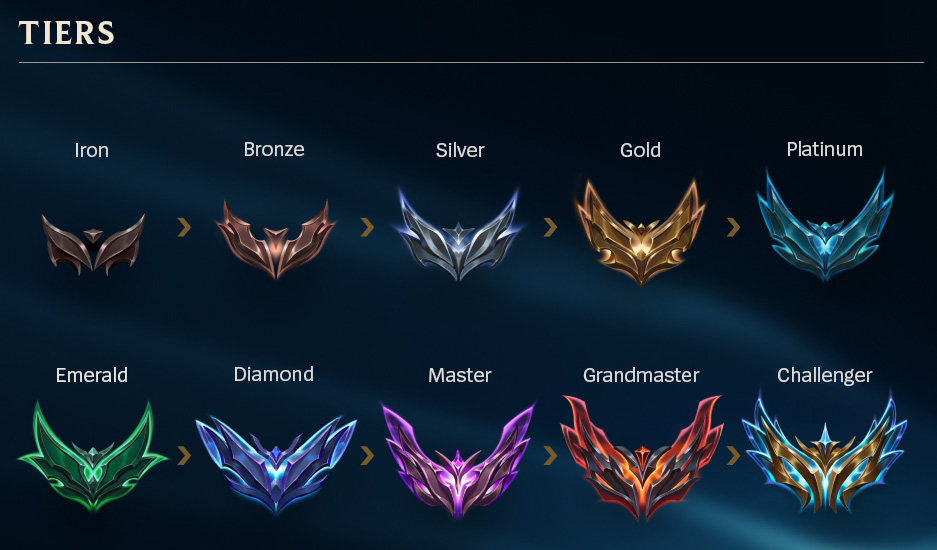
Esports games are designed to make players feel like they are constantly progressing, developing, and being rewarded. This sense of progression comes in many forms, from summoner levels and the rank system in League of Legends to battle passes in titles like Fortnite and Overwatch.
These progression systems capitalize on our natural tendency towards completionism. Players are motivated to continue playing to unlock the next rank, item, or ability, which taps into our innate satisfaction from checking off boxes and achieving goals. Progression mechanics give a sense that our time investment is paying off with tangible results.
The most sophisticated esports game progression systems have both short and long-term goals and rewards. This means there is always something to strive for, whether it's tomorrow, next week, or next month, keeping players engaged over a long period.
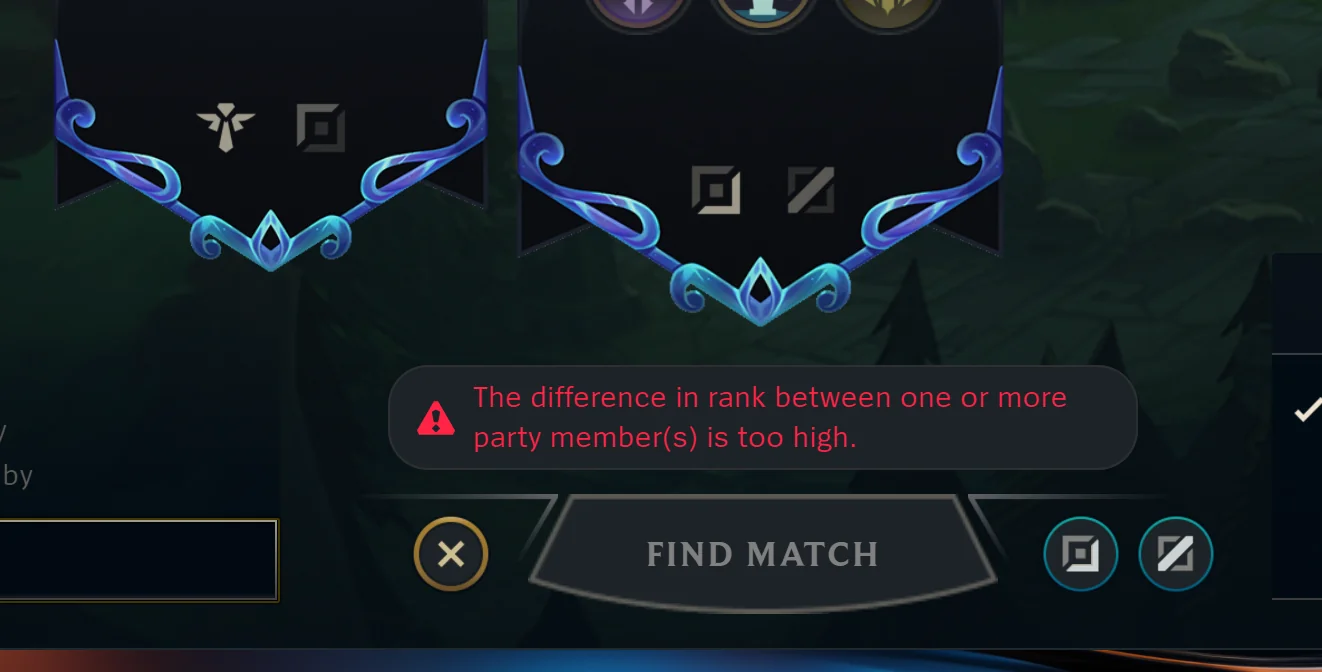
Unlike single-player games, multiplayer esports titles allow us to test our skills directly against other human players. This drives our competitive spirit like no other, motivating us to continually improve at the game and rise to the top of the leaderboards.
Top esports games tap into our human desire for social status and hierarchy. For example, competing allows players to earn recognition and respect from their peers based on their skill and strategy. For top players, competitive success can even bring fame, a strong reputation, and real-life rewards, such as tournament prize money or a job that involves coaching esports players.
Even for more casual players, competing against real people is more engaging than playing against AI bots, which can be predictable. The unpredictability of human opponents keeps multiplayer matches exciting and challenging.
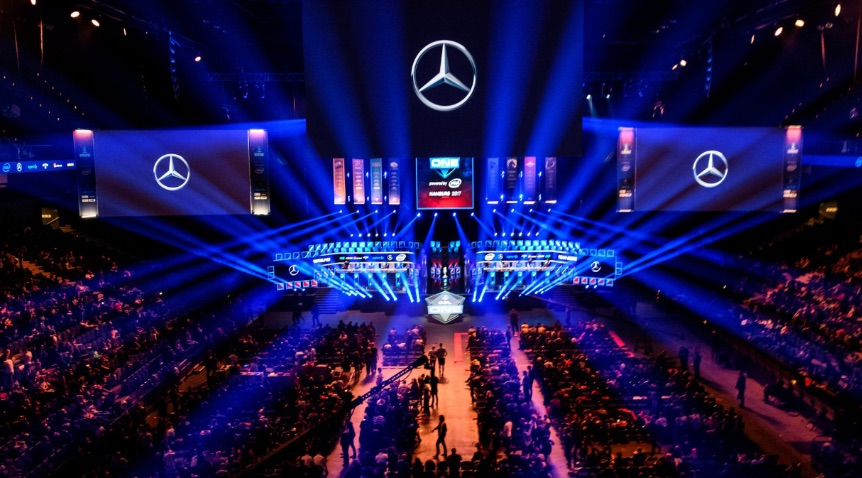
A big part of what draws fans into esports is that they are inherently fun and exciting to watch others play competitively. The best esports game designs understand this and are crafted to create captivating spectator entertainment value.
Elements that contribute to good spectator value include clear objectives, high-stakes team fights, comeback mechanics, and straightforward gameplay. Iconic multiplayer shooters like Counter-Strike succeed as esports partly because the aim of planting or defusing leads to nail-biting moments of tension. Similarly, MOBAs, such as League of Legends, feature team fights centered around the map for objectives that often determine the course of the entire match.
Lastly, big, flashy abilities and animations also draw the viewer's eyes. The visual spectacle and high production values at major esports events further amplify the excitement for both live and online spectators.
To sum things up, esports games achieve incredibly sticky player retention by scratching competitive and completionist itches, facilitating social status, and providing entertainment even for non-playing spectators.